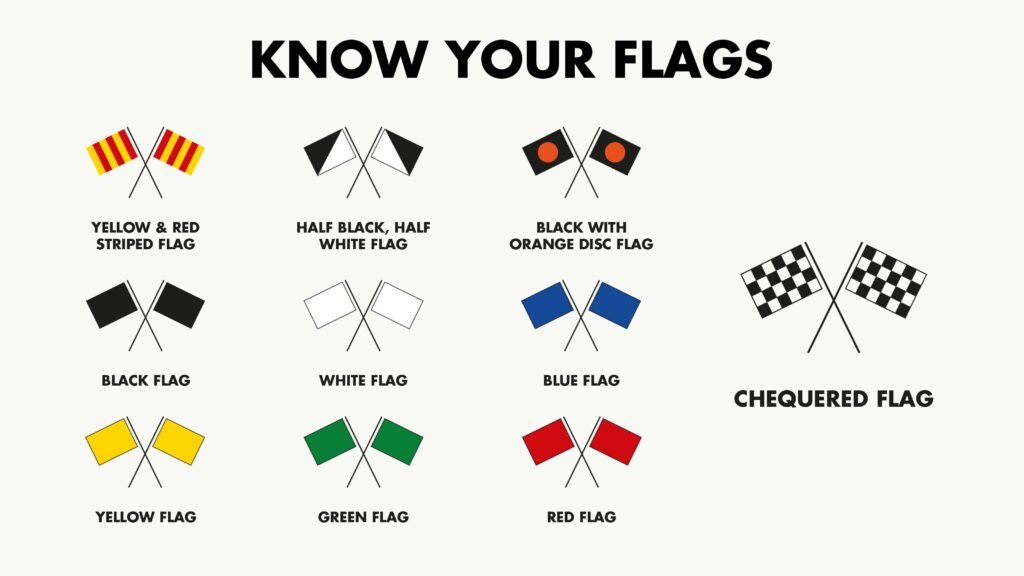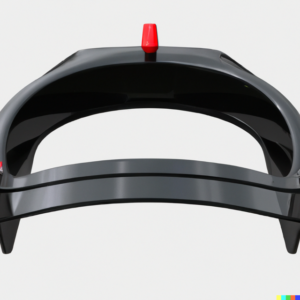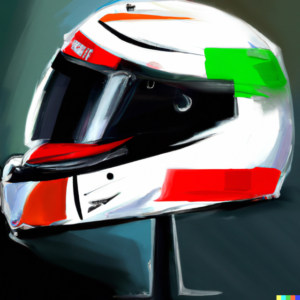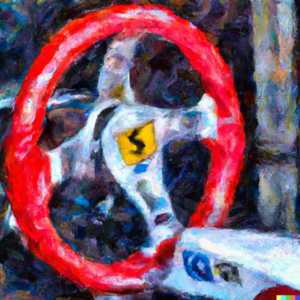What Do The Flags Mean In F1

In Formula One racing, the flags are used to communicate important information to the drivers. There are a variety of different flags, each with its own meaning. Here is a quick guide to some of the most common flags you will see during a race.
Green means the track is clear or the race is about to start. Yellow means there is danger ahead on the track; drivers must be cautious. A blue flag means a driver is trying to pass you. A black flag indicates that a driver has been disqualified from the race. A checkered flag signals the race is over.
About Formula 1
Single-seater car racing is the highest class sanctioned by the FIA (the governing body of Formula 1). Formula One has been one of the most popular forms of racing for decades, reaching its peak in the inaugural season back in 1950.
The “Formula” in this name references a set of rules that all participants and cars must follow. A season of Formula 1 consists of many different races, known as “Grand Prix,” which are contests that take place all over the world on F1 circuits and public roads.
The racing line is the optimum path around a racing circuit, as determined by simulation and experience. It is the fastest way to complete a lap and is usually close to (but not always) the inside edge of the track.
A driver will often adjust their line during a race, depending on factors such as tire wear, weather conditions, and the position of other cars. Race engineers will also adjust the car’s setup to try and optimize the racing line.
The race officials are the people responsible for making sure that the race is run smoothly and according to the rules. They are the ones who decide whether a driver has committed a foul, and they can give out penalties if they think it is warranted. They also have the power to stop the race if they feel that it is not safe to continue.
The Flag System In F1
The flag system in F1 is a set of visual signals used to communicate important messages to drivers and warn drivers during a race. There are eight different flags used in F1, each with its own meaning.
Red Flag
A red flag is displayed when the race is stopped due to an accident or dangerous condition on the track. Drivers must slow down and proceed carefully back to the pit area. Overtaking is prohibited once red flags are shown.
Yellow Flag
A single yellow flag being waved is displayed when there is a danger on the track. Drivers must slow down and be prepared to stop if necessary. They should not overtake. If there are double-waved yellow flags then drivers must stop until everything is resolved. Usually, a safety car is deployed on track to reduce speed and in recent years a virtual safety car has been introduced.
After the yellow flag conditions have ended, there is usually a green flag that is waved at marshal stations around the track, and the race is resumed.
Red And Yellow Flag
If there is a red and yellow striped flag shown this means the track’s grip has deteriorated from oil or water (slippery track). Drivers and spectators might see this yellow and red flag rocked from right to left, not in a waving motion, to alert drivers that there is a small animal on the track.
Green Flag
The green flag is displayed when the track is clear and racing may resume. Green flags are therefore shown after the driver has passed danger or the track has been cleared of debris. This flag is also waved at the start of each day to signal the first session.
Blue Flag
During practice sessions, blue flags are displayed to indicate that a faster car is about to overtake a slower car. The driver being overtaken must move out of the way when it is safe to do so. If three blue flags are shown, the driver must allow the faster car past, or else they could be penalized.
White Flag
The white flag indicates that there is a slow-moving vehicle. White flags are usually waved at the last corner when drivers have been practicing starts. This flag could also be waved to warn drivers that there is a recovery vehicle on the track to move an F1 car that has been involved in an accident.
Chequered Flag
The chequered flag signifies the end of the race. All drivers must cross the finish line and proceed back to the pit area. The checkered flag also indicates the end of practice and qualifying sessions.
Black Flag
A black flag means the driver must call into the pits straight away, usually due to breaking the rules. A black flag can mean the driver has been disqualified. The black flag is a warning flag and it has a black and white triangle on it. It’s basically the same as a yellow card in soccer. Black flags can also be waved when drivers are repeatedly exceeding track limits.
Black And Orange Flag
This black flag with an orange circle in the middle of it is shown with the driver’s number to alert them to damage on their car or if they have a mechanical problem and they are required to come into the pit lane.
Black And White Flag
Although this flag is the same color as the chequered flags that indicates the end of the race, it is not easy for drivers to confuse these flags. This particular flag is halved from corner to corner. When drivers see this flag they are warned of unsportsmanlike conduct.
This is another flag that is shown with a driver’s number. These flags are used as warnings for drivers and a disqualification flag can follow if there are any more infringements.
How Are Flags Communicated To Drivers In F1?
In F1, flags are communicated to drivers via radio communication from their race engineers. The race engineer will inform the driver of any flags that are relevant to them during the race. The driver is then responsible for following the flag signals and complying with any associated regulations.
During a race, flags are displayed at various points around the track by marshals. In addition, there is a light panel on each car that displays the current flag status. This allows drivers to be aware of any flags that may be relevant to them even if they can’t see the marshals.
There are a number of race officials who play an important role in each F1 Grand Prix. The starter is responsible for starting the race, while the marshals and safety car drivers help to keep the race safe.
The race director is responsible for making sure that the race is run according to the rules, and the stewards make any decisions about penalties or other issues that may arise during the race.
What Do The Flags Mean In F1?
When you see a flag in F1, there are three main things it could signify:
- Hazard on the track or track is slippery.
- Normal racing conditions apply.
- Driver infringements such as causing a collision or failure to respect a flag or rules.
How The Flag System Benefits F1
When it comes to Formula One racing, the flag system is in place to ensure the safety of all drivers and staff on track. By communicating with one another, drivers are able to be aware of potential hazards as well as areas that may be slippery or otherwise dangerous.
In addition, the flags also act as a way to give information to drivers about their position on the track, whether they are in the lead or need to overtake another car. All in all, the flag system is an important part of Formula One racing that benefits everyone involved.
FAQs
What is a double-yellow flag in F1?
Double-yellow flags come into play when there is an obstruction on the track, such as a recovery vehicle, or there are marshals clearing debris from the track. Drivers must reduce their speed and be prepared to stop.
When was the last time a black flag was waved?
A black flag means a driver is disqualified and must retire from the race immediately. The last black flag was waved in 2007.
Can you overtake on a yellow flag?
No, overtaking is not allowed in a sector where yellow flags are waved.





